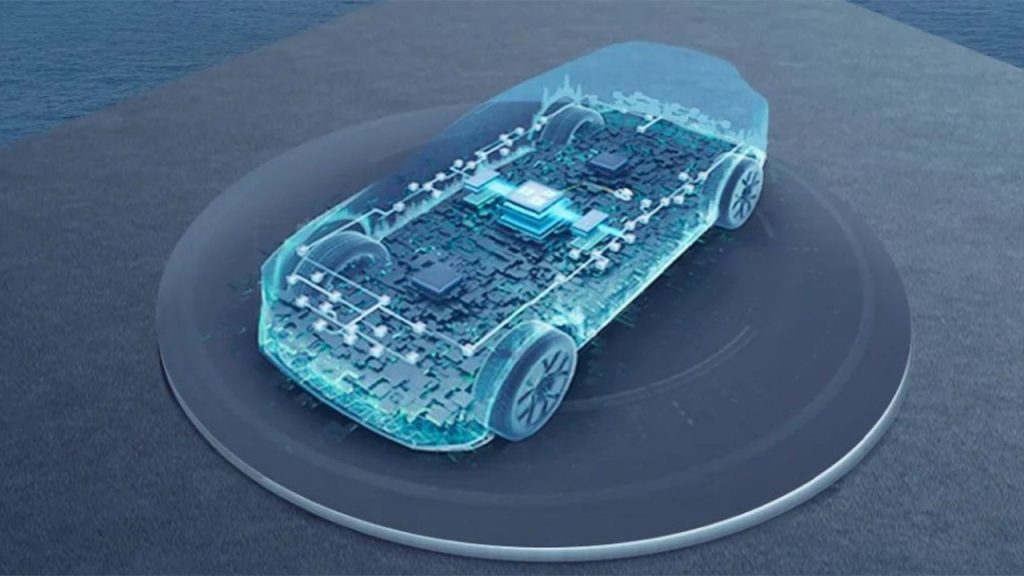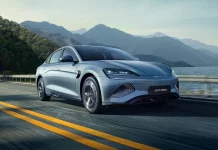The popularity of Electric Vehicles is increasing day by day. Their eco-friendly nature and significantly lower fuel costs compared to gasoline play a crucial role in their widespread adoption. However, the main drawback of EVs often cited is their price. Many people, when considering buying a new car, prioritize the price, which leads them to opt for more widely-produced conventional vehicles. Yet, this situation is changing with the rise of new technologies. Xpeng, one of China’s leading electric vehicle manufacturers, recently revealed its new SEPA 2.0 EV platform. The company’s new technology is expected to reduce production costs while also proportionally lowering prices. Here are the details…
XPeng Unveils New SEPA 2.0 EV Platform Set to Debut in Upcoming G6 SUV
When it comes to car manufacturing, it wouldn’t be wrong to say that the “platform” is the foundation of the vehicle. A platform is a common group of parts, technologies, and design principles that support various vehicles made by a specific manufacturer. This enables manufacturers to create multiple models with similar features, while reducing development and production costs by sharing parts and achieving economies of scale. XPeng Motors has recently unveiled its latest SEPA 2.0 EV platform.


The aim of the platform is to optimize cost, efficiency, user experience, and global adaptability. The company’s main goal is to offer more competitive and affordable models by reducing costs. XPeng had a challenging year as the Chinese car manufacturer failed to meet expectations in 2022 and its share price dropped by 81.34%. The company wants to change this situation, even though it lags behind competitors who are much smaller in scale. The first step in this direction, SEPA 2.0, will be crowned shortly. The G6 SUV, which will debut at the Shanghai Auto Show, is the first vehicle to showcase the new platform.
The SEPA 2.0 platform can significantly accelerate XPeng’s vehicle development process, shortening development cycles by 20%. It provides 80% compatibility of standard components across different models. This increased efficiency is crucial for automakers aiming to stay competitive. All vehicles built on the platform will be equipped with an 800V high-voltage silicon carbide (SiC) system, enabling a driving range of up to 200 km after a five-minute charge.
XPeng is expected to release more than 10 models built on the SEPA 2.0 platform in the near future, including SUVs and other vehicles competing in various classes. However, the new platform and models may not solve the company’s financial problems. Currently, XPeng’s gross profit margin per vehicle is 9.4%, which is less than half that of some of its competitors. While selling affordable electric vehicles is important, it is also essential to consider the financial aspect of the business. Only time will tell if the SEPA 2.0 platform can solve these issues.
RELATED:
- Motorola Edge 40 Pro vs Realme GT 3: Specs Comparison
- BYD to Unveil Dynasty B-Class Electric SUV at Shanghai Auto Show on April 18th
- Xiaomi 13 Ultra Design Officially Unveiled, Showcases Unique Camera Grip & IP68 Protection
- Tesla Finds a Way to Make Affordable Electric Vehicles
- Vivo X Fold 2 & X Flip Full Specs revealed ahead…
(via)







